Review
Polestar’s latest entrant in the premium electric SUV market comes with a couple of twists – coupe styling and no rear window. Thanks to clever packaging, though, the innovative 4 offers plenty of space, technology, performance, premium quality and competitive running costs.
Overview
2024 has been a big year for Polestar, with the brand crossing the 30,000-registration milestone in the UK since its launch four years ago, while it has also tripled the number of models it offers: the fleet favourite 2 has been joined by the 3 premium large SUV and 4 SUV coupe.
The 4 sits between the 2 and 3 both price- and size-wise (Polestar names its vehicles in chronological order based on when they are launched, and not the traditional size-related naming convention other manufacturers use), and rivals the likes of the BMW iX2 and Audi Q6 E-tron.
It is available with two powertrains – long-range single motor and long-range dual motor, with both using a 102kWh battery.
Long-range Single Motor is rear-wheel drive, offers 272PS, a WLTP range of up to 385 miles and has a starting P11D price of £59,935.
Long-range Dual Motor offers almost double the power at 543PS and double the number of wheels driven, while its WLTP range is 367 miles. Its P11D price begins at £66,935.
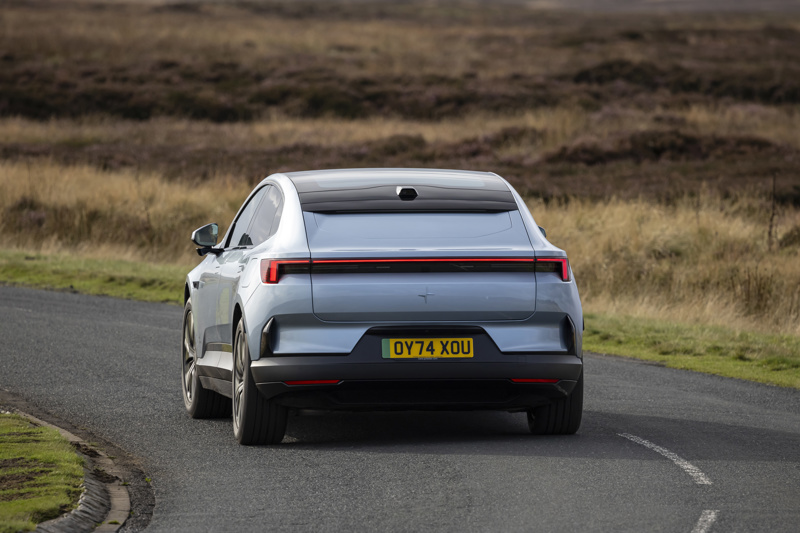
Comfort and practicality
Interior space in the Polestar 4 is generous. Clever packaging around the lack of rear windscreen means there is no compromise to pay because of the sleek rear roofline.
A standard full-length panoramic glass roof stretches beyond the rear occupant’s heads, providing plenty of light into the cabin and eliminating the need to incorporate the trim around the windscreen frame, which usually eats into the rear headroom.
This frees up a surprising amount of space and, combined with acres of legroom and excellent reclining rear seats, gives passengers in the back a real treat.
The positive experience extends to the front of the cabin as well, with the interior striking a fine balance between minimalist cool and luxury.
The quality of the build and materials throughout the cabin is exceptional, and it feels refreshingly distinct from other brands.
The driver is faced with a 10.2-inch display for information such as speed, battery and range information, while a head-up display with a 14.7-inch projection area in front of the driver shows key vehicle, telephony and navigation information.
Boot space at 526 litres is class competitive; it is slightly more than the iX2 (525) and the same as the Q6 e-tron.
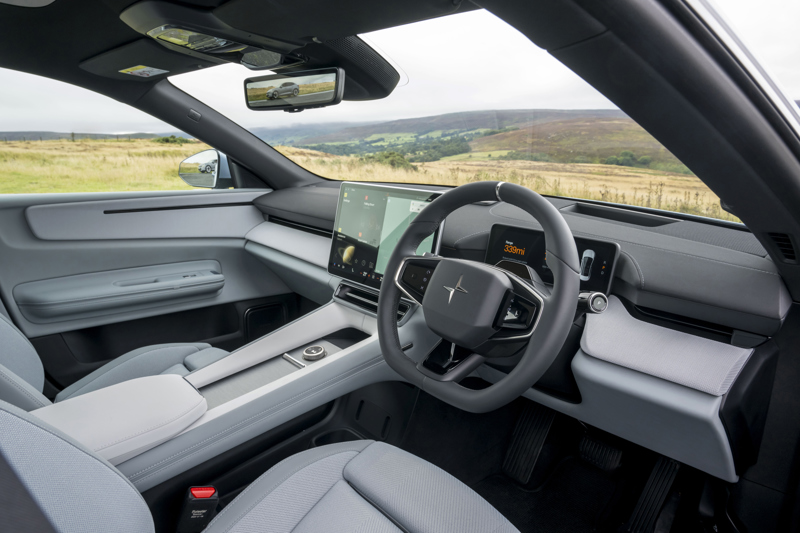
Safety and technology
The lack of a rear windscreen brings perhaps the most innovative technology in the Polestar 4: the traditional rear-view mirror is replaced with a high-definition screen that shows a real-time feed from a roof-mounted rear camera.
In practice, this works well when you get used to it. As it is a screen it doesn’t have the same depth of focus as looking in a mirror which makes it a little odd at first, particularly if you wear glasses for long-sightedness, but once you have adjusted to it, it works well.
It’s not as great when it comes to manoeuvring, as the driver obviously no longer has the ability to turn around and look directly out of the rear window – instead, they are reliant on the mirrors and reversing camera.
The other standout feature in the cabin is the large 15.4-inch central infotainment touchscreen. The user interface is intuitive to use and can be customised to enable the driver to access favoured functions directly through shortcuts.
The infotainment system features Google Assistant, Google Maps and Google Play Store, while other highlights include Apple CarPlay, Polestar app, a 360-degree surround view camera, wireless phone charging and over-the-air software updates for life.
As well as these and the usual media, navigation and vehicle setting functions, such is the minimalist nature of the cabin that anyone wanting to adjust the position of the seating, mirrors and steering wheel will need do that through the infotainment system, as the Polestar 4 does not have physical buttons for these.
As is now customary – and expected - from Polestar due to its strong connection to Volvo, the 4 is packed with safety equipment.
Twelve cameras, one radar and 12 ultrasonic sensors are fitted as standard. These include a driver monitoring camera to monitor the driver’s eyes and head movements to help avoid incidents related to fatigue or incapacitation.
Other standard safety equipment includes adaptive cruise control with automatic emergency braking, cross-traffic alert, lane keep assist, blind spot monitoring, rear collision alert and road sign information.
Two option packs are available.
Pilot pack (£1,300) adds pilot assist, which makes automatic speed and steering adjustments to maintain a safe on the road, and lane change assist, while allows the car to change names automatically.
Pro pack (£1,800) includes 21-inch alloy wheels, Swedish golf valve caps and black seat belts with Swedish gold stripe.
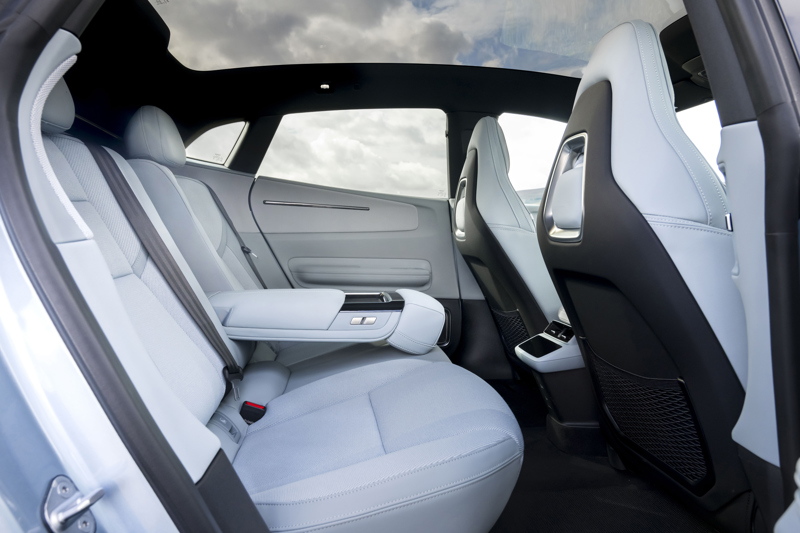
Driveability and efficiency
As previously mentioned, two powertrain options are available. We drove the long-range dual motor variant which, with a 0-62mph time of 3.8 seconds, is the fastest production car Polestar has developed so far.
This means it is something of a rocketship in a straight line, but the power is delivered smoothly – there is no abrupt and unexpected shove unless the 4 is provoked to do so.
The ride was impressive, even on some pretty broken-up road surfaces, while wind and road noise were well suppressed to make it a capable cruiser.
Passengers are bound to be impressed by the unruffled progress the 4 can make, while the driver should be happy to be behind the wheel.
It’s satisfying to drive, with the steering offering decent feedback and feel. Grip levels are good and body control impressive, but 4 is at its best if the driver remembers they are behind the wheel of a SUV and drivers accordingly, and not a hot-hatch which they can throw into corners.
Although the dual motor long range models have a WLTP range of up to 367 miles, our experience suggests that somewhere between 310 and 320 miles may be a more realistic real-world figure.
Both models can charge at up to 22kW AC and 200kW DC from appropriate chargers. This means that from a rapid charger, it can take as little as 30 minutes to go from 10% charge to 80%.
Company car tax and running costs
As the 4 range is fully-electric, all models sit in the 2% benefit-in-kind tax band. This means drivers will face monthly company car tax bills from £20.
Running costs are competitive, with the Polestar 4 long-range single motor costing 55ppm over a four-year/80,000-mile cycle.
This is within 0.5ppm of the equivalent iX2 and around 3.5ppm cheaper than the Q6 e-tron.
Specs
| Manufacturer | Polestar |
| Model | 4 Estate |
| Specification | Polestar 4 Estate 200kW 100kWh Long Range Single Motor Plus 5dr Auto |
| Model Year | 2026.00 |
| Annual VED (Road tax) | £10 |
| BIK List Price | £59,935 |
| Range | 385.00mile(s) |
| CO2 | N/A |
| BIK Percentage | 3% |
| Insurance Group | N/A |
| CC | 1 |
| Fuel Type | Electric |
| Vehicle Type | Medium car |
| Luggage capacity (Seats up) | 526litres |
| Doors | 5 |
Running Costs
| P11D | £59,935 |
| Cost per mile | 64.81ppm |
| Residual value | £24,025 |
| Insurance group | N/A |
| Fuel Type | Electric |
| Cost per mile | 238.37ppm |
| Fuel | 2.57ppm |
| Depreciation | 233.40ppm |
| Service maintenance and repair | 2.40ppm |
Rivals
Info at a glance
-
P11D Price
£59,935
-
MPG
N/A (WLTP) -
CO2 Emissions
N/A -
BIK %
3% -
Running cost
3 Year 60k : £24,025 4 Year 80k : £19,350 -
Fuel Type
Electric -
Range
385.00mile(s)

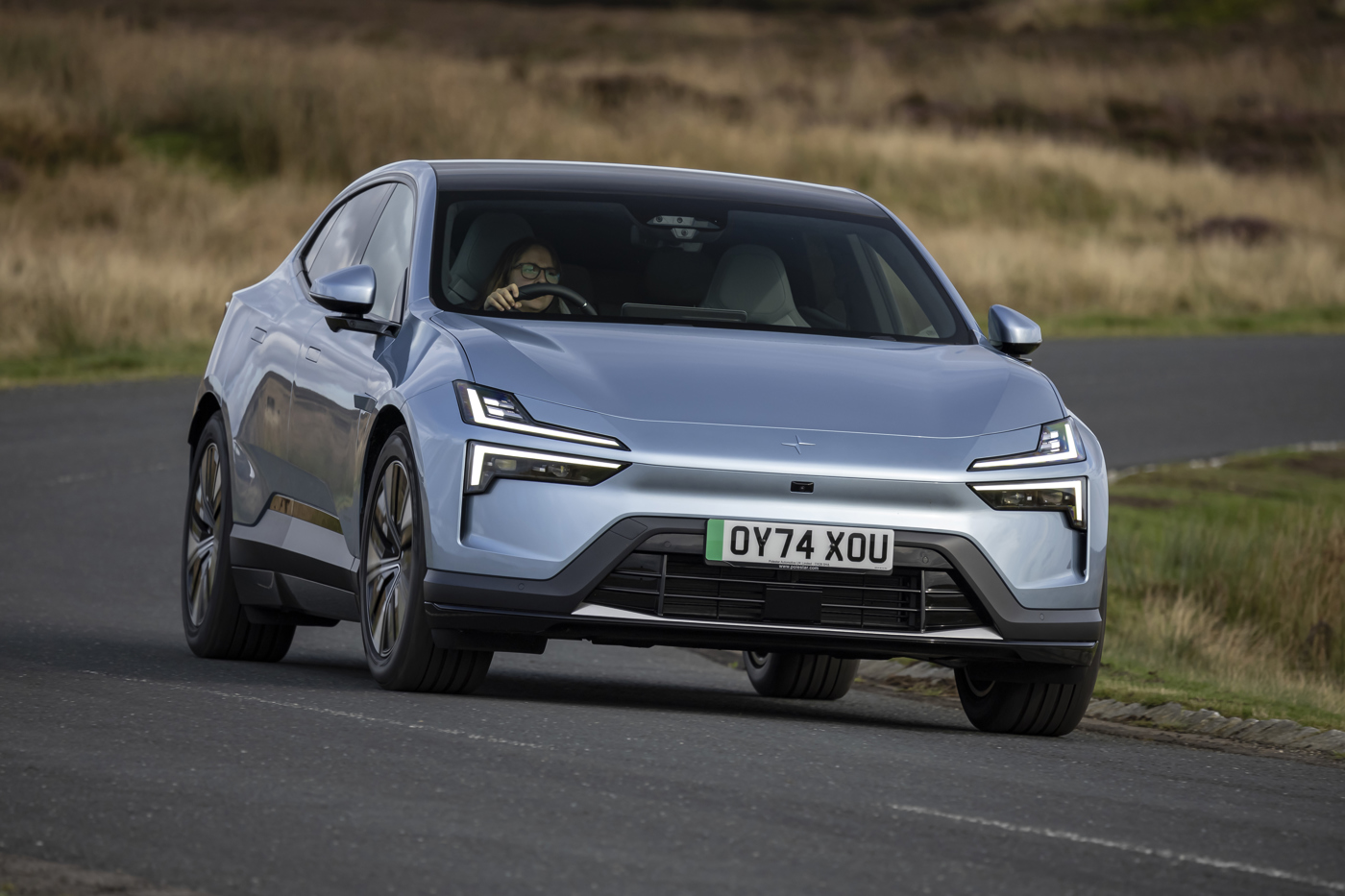

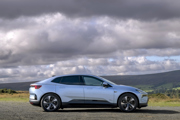
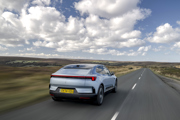
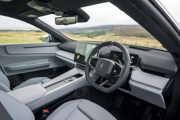
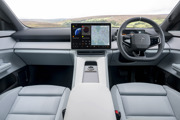

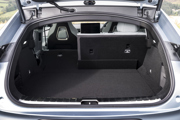
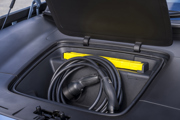



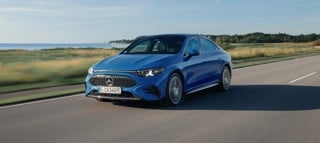
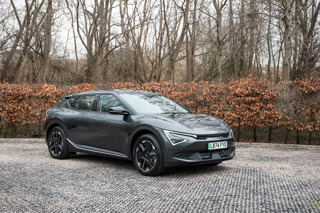
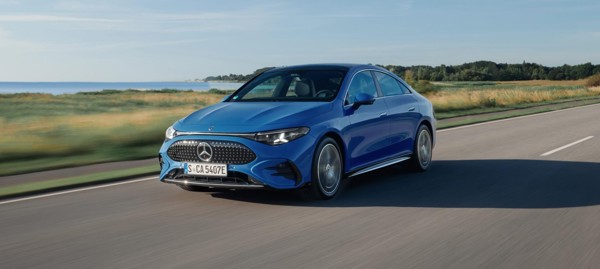
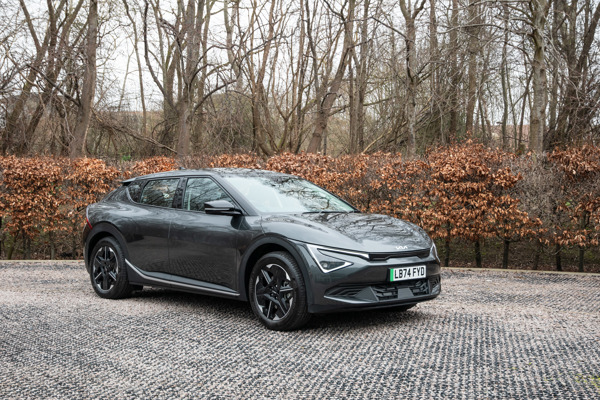
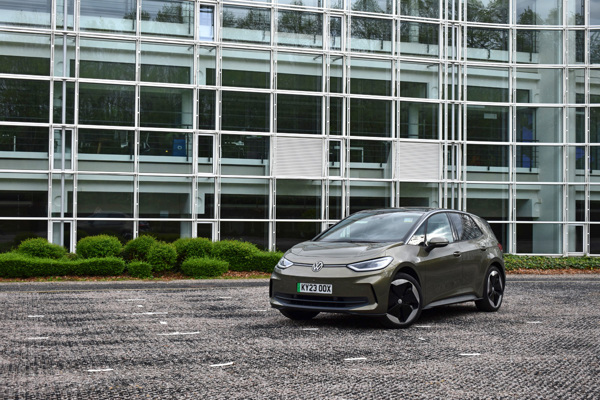
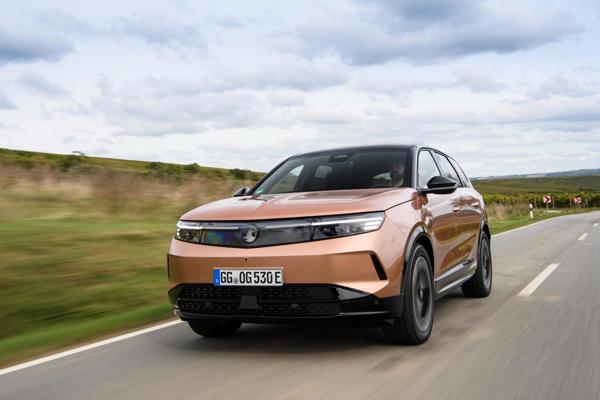
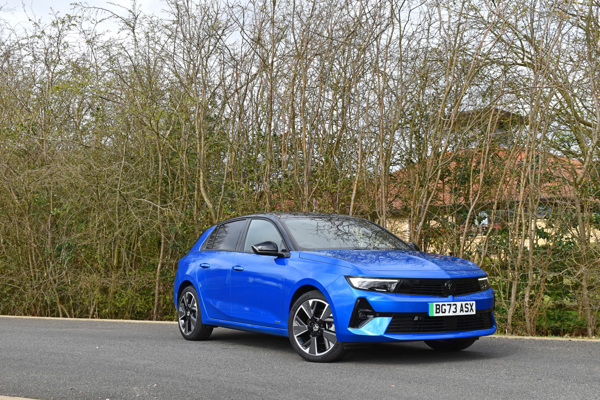

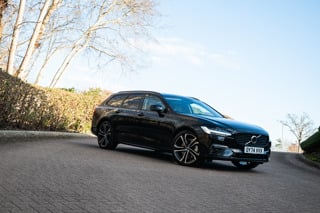
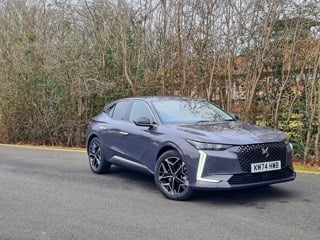
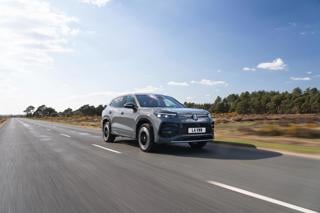
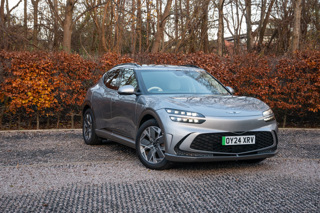












Login to comment
Comments
No comments have been made yet.